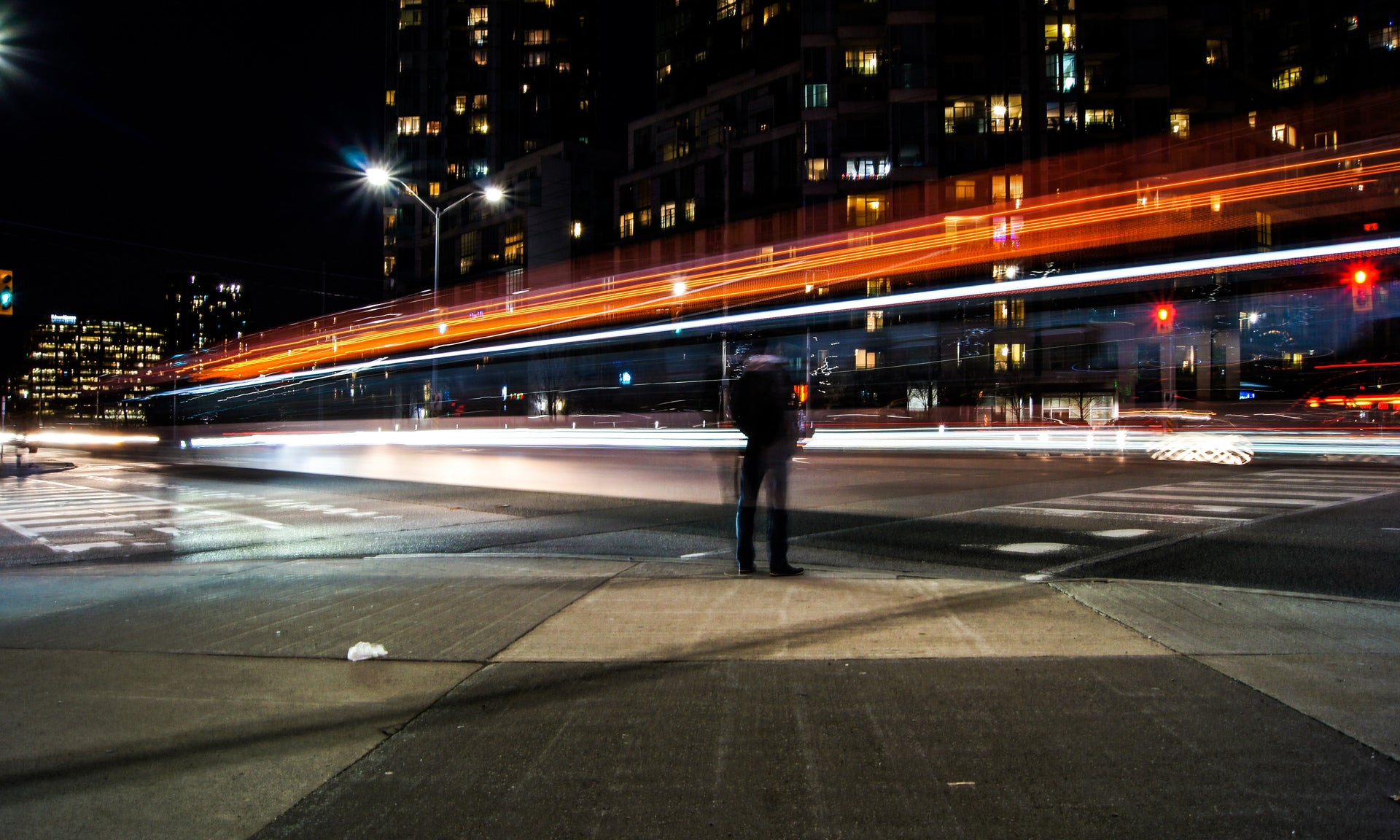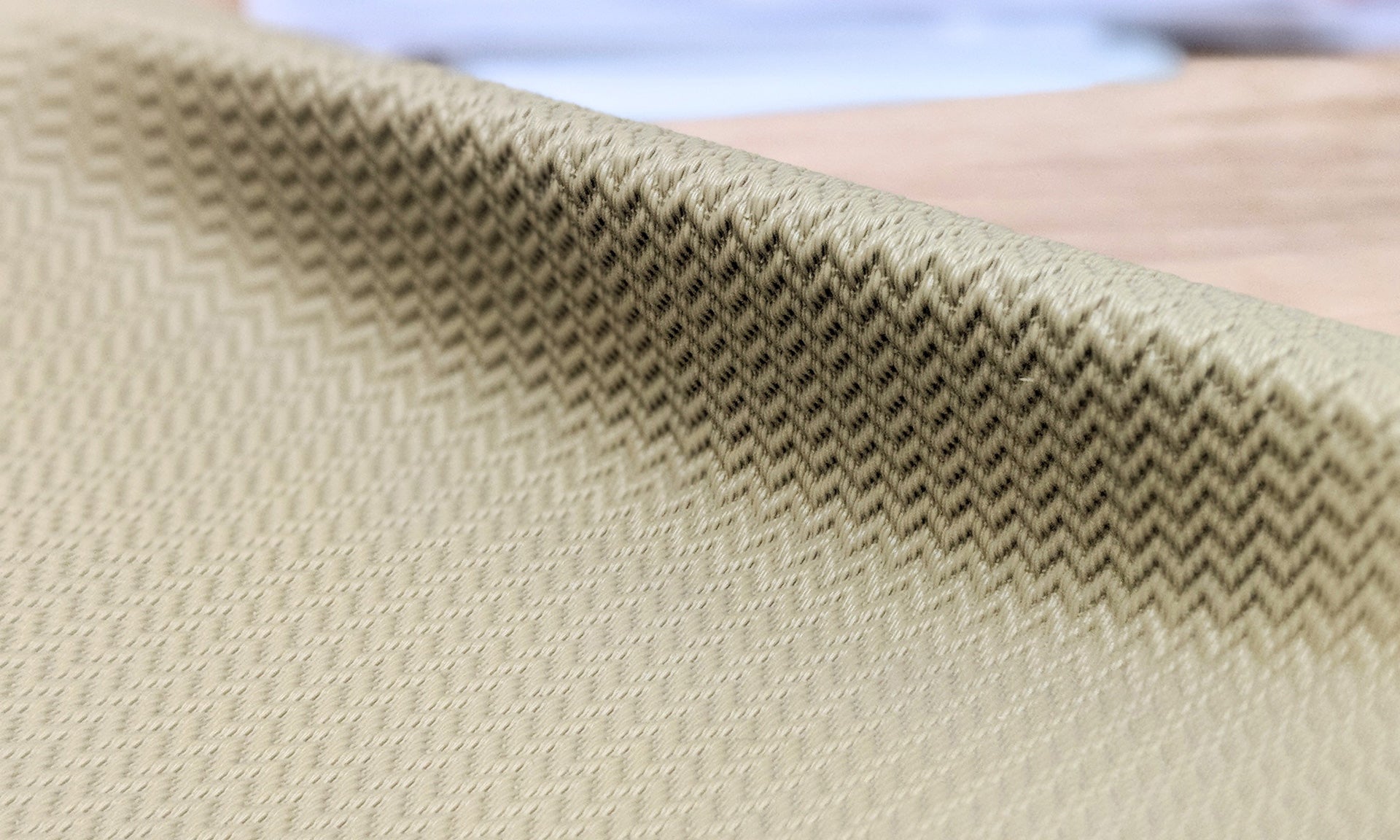Do you influence your environment for better or for worse?
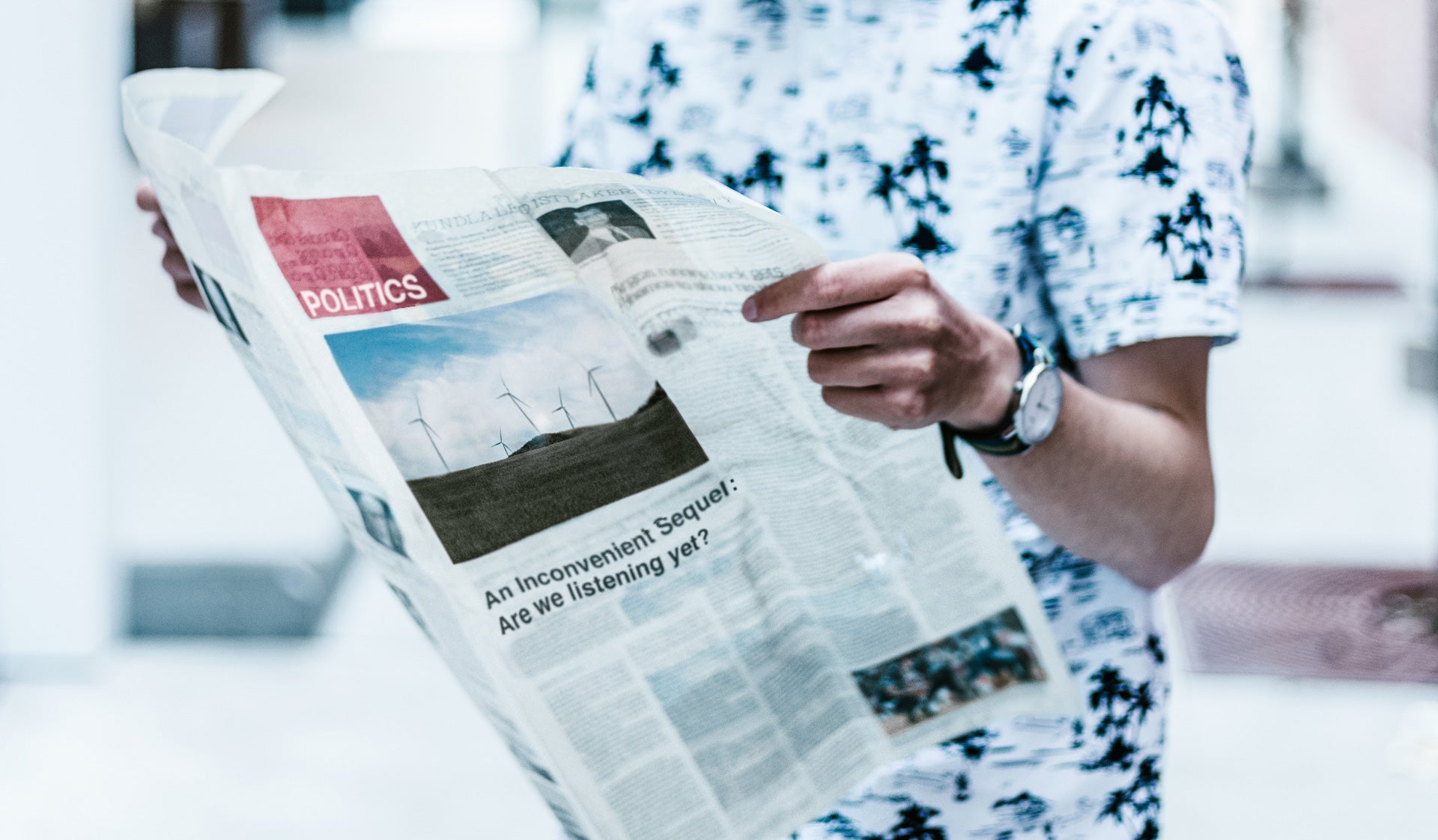
With so much going on in the world and many causes to fight, choosing your battle can be a hard decision to make. Many of us would rather turn a blind eye, and others, will be the reason we see change. What’s important here is not which side you’re on, instead we ask, what motivates you? Each person is gifted with an ability to make a difference, from starting a non-profit organization, to picking up trash off the streets or feeding the homeless – these tiny or major steps can contribute to transforming a community for the better good. Think about it, the footprint we make on this earth is so powerful that living in a sustainable city of the 21st century isn’t as far fetch as it sounds. It all starts with a subtle change in our daily habits.
Sometimes when it comes to recycling, consumers do more harm than good. Even with good intentions, it’s very common to end up with “a-materials-in-the-wrong-place-problem” (MITWPP). The city of Montreal reported in 2014, more than 58.3% of Montrealers recycle plastic materials. This is a big improvement from 2010 where consumers recycled an estimated 53%. However, Prime Minister Justin Trudeau wants to increase that number to 85% of recycled plastic by 2025. (Global News, June 2018)
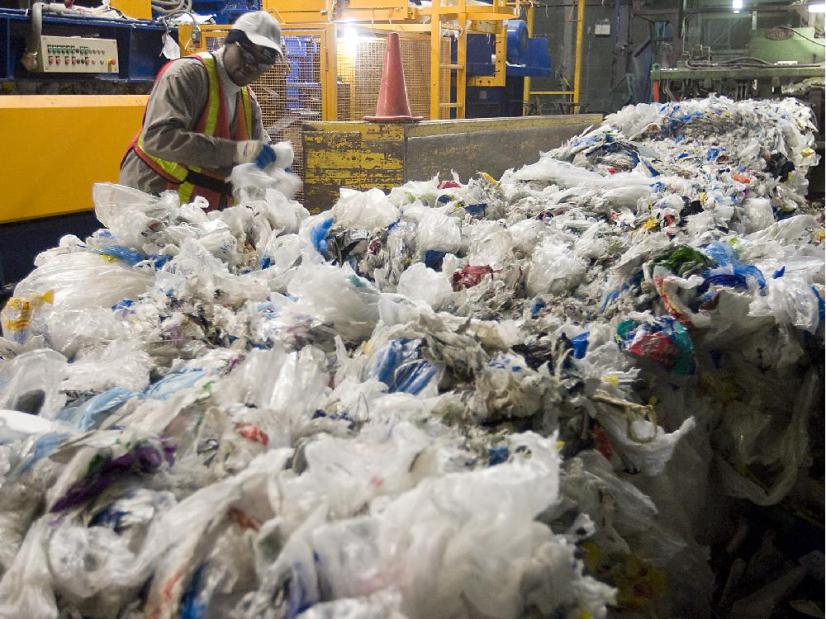
Worker secures plastic bag bundles at the Montreal recycling plant on November 25, 2008.
This pressure from the government is mostly to encourage people to take action and recycle better. For instance, Recyc-Québec reports that about 7.5% of items placed in recycling bins are contaminated. These recyclable materials include grease, broken glass, or non-recyclables, like Styrofoam. Hence, our issue of a “MITWPP”. The good news is, in comparison to other provinces, Québec’s statistics are relatively low!
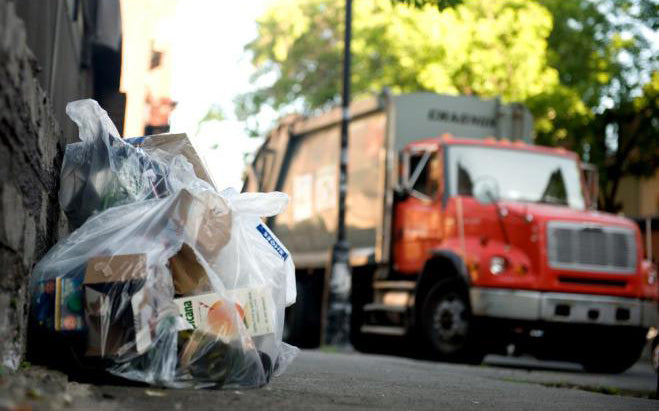
Plastic recycling bags line the streets in the Plateau.
What's interesting about recycling in Québec, we had a helper to boost our effectiveness in reducing recyclables and waste. Last year, 40% of reclaimable items were collected and processed into new products, while the other 60% was sold to China (CBC News, Nov 2018), the world's largest importer of recyclable material. China served an important role in dealing with Montreal’s recycling centres. Almost completely dependent on the country's buying power. Unfortunately, early this year, China issued a ban on all imported paper that was over 0.5 per cent of contamination.

Bales of paper are stacked outside the St-Michel Environmental Complex on Monday, March 19, 2018.
The ban was in effect almost immediately and within the first six months, about 6,000 bales of paper and cardboard started piling up at Montreal’s largest recycling facility (Montreal Gazette, March 2018). Rather than transferring bale materials to landfills, Saint-Michel centre decided that it would be better to store it until their facility reached full capacity. It also opened an opportunity to sell marketable materials to post consumers too. Still, these are only temporary solutions. Montreal leaders will need to take the next initiative by investing an already promised $30M to keep facilities afloat. (CBC News, May 2018)

